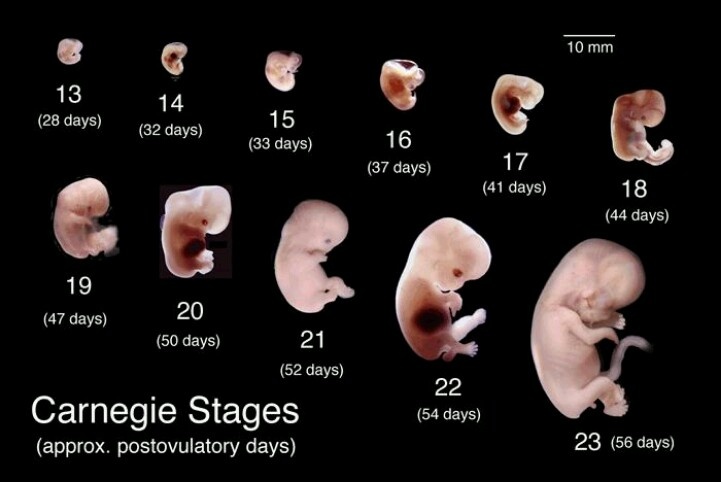Causes of delayed labour
Causes, Risks, and What You Can Expect
As you reach the end of your pregnancy, you may be feeling a mix of emotions about labor and delivery. Despite any worries about what lies ahead, you’re almost certainly ready for your pregnancy to end. After all this waiting, you want to meet your baby!
As your due date approaches (or even passes) if you haven’t gone into labor, you may be concerned. You might wonder if your baby is healthy, if your body is working properly, or feel like your pregnancy will ever end!
What does it mean to have an overdue baby? Are there medical risks associated with remaining pregnant past your due date? What should you expect to happen next after your due date passes?
Don’t worry, we’ve got you covered with the answers you’re seeking!
With all the different dates and terms you hear during pregnancy, it may be difficult to determine when you can expect to meet your baby! The American College of Obstetricians and Gynecologists (ACOG) uses the following definitions:
- early term: 37 through 38 weeks
- full term: 39 through 40 weeks
- late term: 41 through 42 weeks
- post term: beyond 42 weeks
Babies born before 37 weeks are considered premature and those born after 42 weeks are called postmature. (This can also be called a prolonged or overdue pregnancy.)
About 60 percent of women will give birth on or before their due date. Only about 1 in 10 babies is officially overdue or born beyond 42 weeks of pregnancy though.
Based on these statistics, you may be wondering how to calculate your due date and what factors might contribute to having an overdue baby.
The actual date of conception for a baby is hard to know, so gestational age is the most common way to calculate how far along a pregnancy is and predict your due date.
Gestational age is measured using the first day of your last menstrual period; 280 days (or 40 weeks) from this day is the average length for a pregnancy. This is your estimated due date, but the key word is “estimated,” since it’s nearly impossible to predict when a baby will actually be born!
The weeks surrounding your estimated due date are your due date window, and birth is likely to happen at any time during that period.
If you have no idea when your last period was, became pregnant while using oral contraceptives, or have extremely irregular menstrual cycles, your doctor will likely request an ultrasound to determine the gestational age of your baby. The ultrasound allows your doctor to measure the crown-rump length (CRL) or the distance from one end of the fetus to the other.
The ultrasound allows your doctor to measure the crown-rump length (CRL) or the distance from one end of the fetus to the other.
During your first trimester this CRL measurement can offer the most accurate estimation of the baby’s age, because all babies grow at roughly the same speed during that time.
However, during the second and third trimesters babies grow at different speeds, so this ability to accurately estimate age based on baby size diminishes.
Why is your baby deciding to take a little longer to be born? Some common reasons include:
- This is your first baby.
- You have a history of giving birth to post term babies.
- Your family has a history of giving birth to post term babies.
- You have obesity.
- Your baby is a boy.
- Your due date was incorrectly calculated.
When a labor extends beyond 41 weeks (late term) and beyond 42 weeks (post term) there are increased risks of certain health problems. Some of the most common risks associated with a post term baby are:
- fetal macrosomia, or being significantly larger than average at birth, which can also increase the risk of cesarean delivery or shoulder dystocia (getting a shoulder stuck behind the mother’s pelvic bone during delivery)
- postmaturity syndrome, characterized by baby not gaining weight past their due date, as well as dry or “loose” skin and long fingernails and toenails at birth
- low amniotic fluid, which can affect a baby’s heart rate and cause the umbilical cord to compress during contractions, resulting in a lack of oxygen flowing to the fetus
- meconium in the lungs of the baby, which can lead to serious respiratory problems
- stillbirth, when a baby dies before delivery
Late term and post term pregnancies can also involve delivery complications like:
- severe vaginal tears
- infection
- postpartum bleeding or hemorrhages
If your due date has come and gone, you can rest assured that you will continue to receive medical care. In fact, you’ll probably have more visits each week with your midwife or OB-GYN than you previously did!
In fact, you’ll probably have more visits each week with your midwife or OB-GYN than you previously did!
At each of your appointments, you can expect that your doctor will check the size of your baby, monitor baby’s heart rate, check baby’s position, and ask about baby’s movement.
Your doctor may suggest some extra monitoring and medical tests to make sure that your baby is healthy. (Many doctors will begin to recommend this around 40 or 41 weeks.)
They’ll also ask you to be extra vigilant in performing kick counts, records of your baby’s movements.
Testing may occur once or twice a week and can include:
- Nonstress test (NST). This measures your baby’s heartbeat for a period of time (usually around 20 minutes).
- Contraction stress test (CST). This measures your baby’s heartbeat when the uterus is contracting to determine if there is fetal distress.
- Biophysical profile (BPP). This involves a combination of monitoring the fetal heart rate and an ultrasound exam.
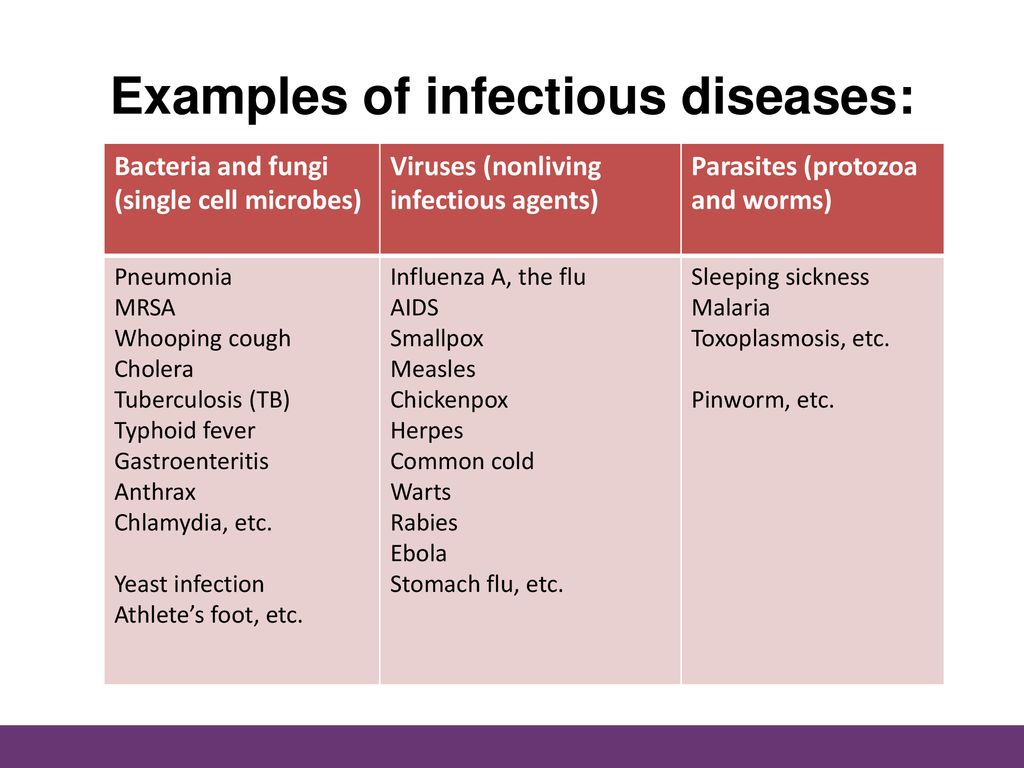 This combination of multiple tests allows the doctor to check the fetal heart rate, movement, and muscle tone. Amniotic fluid levels can also be assessed during the ultrasound.
This combination of multiple tests allows the doctor to check the fetal heart rate, movement, and muscle tone. Amniotic fluid levels can also be assessed during the ultrasound. - Cervical exam. This manual exam allows the doctor to determine the condition of your cervix. The cervix fully dilates and effaces during labor, so your doctor will look for signs of ripening and other changes that may indicate labor will begin soon.
Depending on the results of these procedures, your doctor may decide that it’s in the best interest of you and your baby to induce labor.
In making a determination to recommend induction, your doctor will take into account things like your age and health history, the health of the pregnancy, and the birthing wishes of the parents-to-be.
If your doctor or midwife would like to induce you, there are many things you can do to help nudge your little one along that range from more natural methods to medical procedures. Some methods of induction with varying effectiveness include:
- exercise
- sex
- nipple stimulation
- castor oil
- acupuncture/acupressure
- membrane sweeping
- breaking your bag of waters
- medication (prostaglandins or Pitocin)
You should have a discussion with your provider about which methods make sense in your particular situation.
Most babies are born within a few weeks of their due date. If you find yourself nearing the end of your estimated due date window with no signs of labor, there may be actions you can take to help nudge your baby into the world.
Before doing so, you should always consult with your doctor or midwife. They can discuss the benefits and risks of your specific health situation and offer guidance on the safest ways to help your little one arrive in your arms.
While it can be hard to wait, there are benefits to allowing your baby plenty of time to develop before entering the world. When the time comes that the risk of keeping your baby inside outweigh these benefits, your doctor or midwife will be there to support you in determining a safe birthing plan.
Causes, Risks, and What You Can Expect
As you reach the end of your pregnancy, you may be feeling a mix of emotions about labor and delivery. Despite any worries about what lies ahead, you’re almost certainly ready for your pregnancy to end. After all this waiting, you want to meet your baby!
After all this waiting, you want to meet your baby!
As your due date approaches (or even passes) if you haven’t gone into labor, you may be concerned. You might wonder if your baby is healthy, if your body is working properly, or feel like your pregnancy will ever end!
What does it mean to have an overdue baby? Are there medical risks associated with remaining pregnant past your due date? What should you expect to happen next after your due date passes?
Don’t worry, we’ve got you covered with the answers you’re seeking!
With all the different dates and terms you hear during pregnancy, it may be difficult to determine when you can expect to meet your baby! The American College of Obstetricians and Gynecologists (ACOG) uses the following definitions:
- early term: 37 through 38 weeks
- full term: 39 through 40 weeks
- late term: 41 through 42 weeks
- post term: beyond 42 weeks
Babies born before 37 weeks are considered premature and those born after 42 weeks are called postmature. (This can also be called a prolonged or overdue pregnancy.)
(This can also be called a prolonged or overdue pregnancy.)
About 60 percent of women will give birth on or before their due date. Only about 1 in 10 babies is officially overdue or born beyond 42 weeks of pregnancy though.
Based on these statistics, you may be wondering how to calculate your due date and what factors might contribute to having an overdue baby.
The actual date of conception for a baby is hard to know, so gestational age is the most common way to calculate how far along a pregnancy is and predict your due date.
Gestational age is measured using the first day of your last menstrual period; 280 days (or 40 weeks) from this day is the average length for a pregnancy. This is your estimated due date, but the key word is “estimated,” since it’s nearly impossible to predict when a baby will actually be born!
The weeks surrounding your estimated due date are your due date window, and birth is likely to happen at any time during that period.
If you have no idea when your last period was, became pregnant while using oral contraceptives, or have extremely irregular menstrual cycles, your doctor will likely request an ultrasound to determine the gestational age of your baby.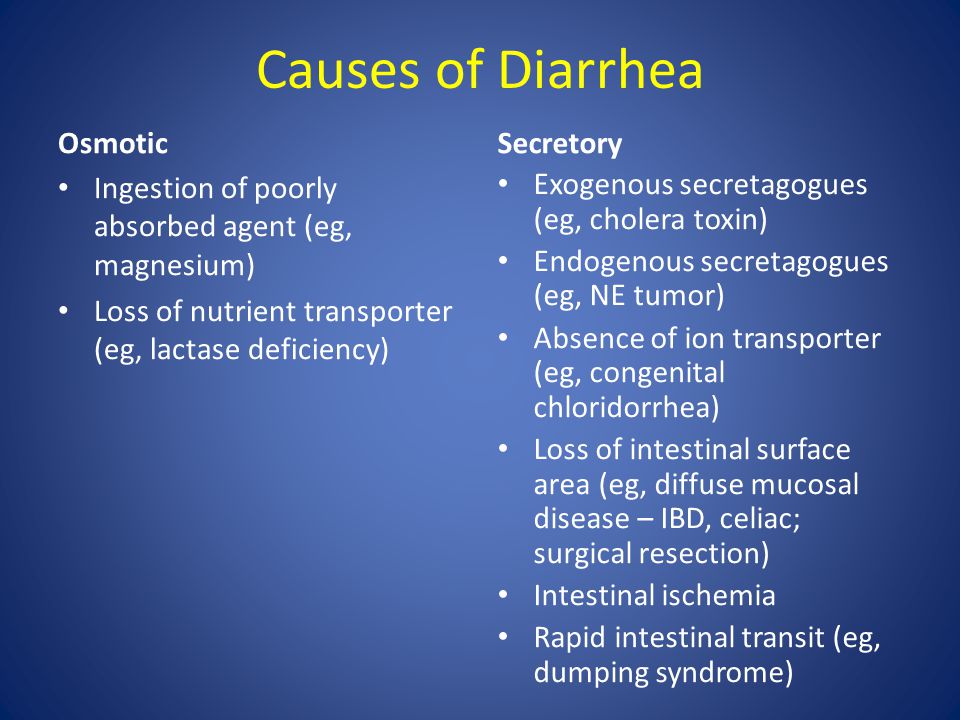 The ultrasound allows your doctor to measure the crown-rump length (CRL) or the distance from one end of the fetus to the other.
The ultrasound allows your doctor to measure the crown-rump length (CRL) or the distance from one end of the fetus to the other.
During your first trimester this CRL measurement can offer the most accurate estimation of the baby’s age, because all babies grow at roughly the same speed during that time.
However, during the second and third trimesters babies grow at different speeds, so this ability to accurately estimate age based on baby size diminishes.
Why is your baby deciding to take a little longer to be born? Some common reasons include:
- This is your first baby.
- You have a history of giving birth to post term babies.
- Your family has a history of giving birth to post term babies.
- You have obesity.
- Your baby is a boy.
- Your due date was incorrectly calculated.
When a labor extends beyond 41 weeks (late term) and beyond 42 weeks (post term) there are increased risks of certain health problems. Some of the most common risks associated with a post term baby are:
- fetal macrosomia, or being significantly larger than average at birth, which can also increase the risk of cesarean delivery or shoulder dystocia (getting a shoulder stuck behind the mother’s pelvic bone during delivery)
- postmaturity syndrome, characterized by baby not gaining weight past their due date, as well as dry or “loose” skin and long fingernails and toenails at birth
- low amniotic fluid, which can affect a baby’s heart rate and cause the umbilical cord to compress during contractions, resulting in a lack of oxygen flowing to the fetus
- meconium in the lungs of the baby, which can lead to serious respiratory problems
- stillbirth, when a baby dies before delivery
Late term and post term pregnancies can also involve delivery complications like:
- severe vaginal tears
- infection
- postpartum bleeding or hemorrhages
If your due date has come and gone, you can rest assured that you will continue to receive medical care. In fact, you’ll probably have more visits each week with your midwife or OB-GYN than you previously did!
In fact, you’ll probably have more visits each week with your midwife or OB-GYN than you previously did!
At each of your appointments, you can expect that your doctor will check the size of your baby, monitor baby’s heart rate, check baby’s position, and ask about baby’s movement.
Your doctor may suggest some extra monitoring and medical tests to make sure that your baby is healthy. (Many doctors will begin to recommend this around 40 or 41 weeks.)
They’ll also ask you to be extra vigilant in performing kick counts, records of your baby’s movements.
Testing may occur once or twice a week and can include:
- Nonstress test (NST). This measures your baby’s heartbeat for a period of time (usually around 20 minutes).
- Contraction stress test (CST). This measures your baby’s heartbeat when the uterus is contracting to determine if there is fetal distress.
- Biophysical profile (BPP). This involves a combination of monitoring the fetal heart rate and an ultrasound exam.
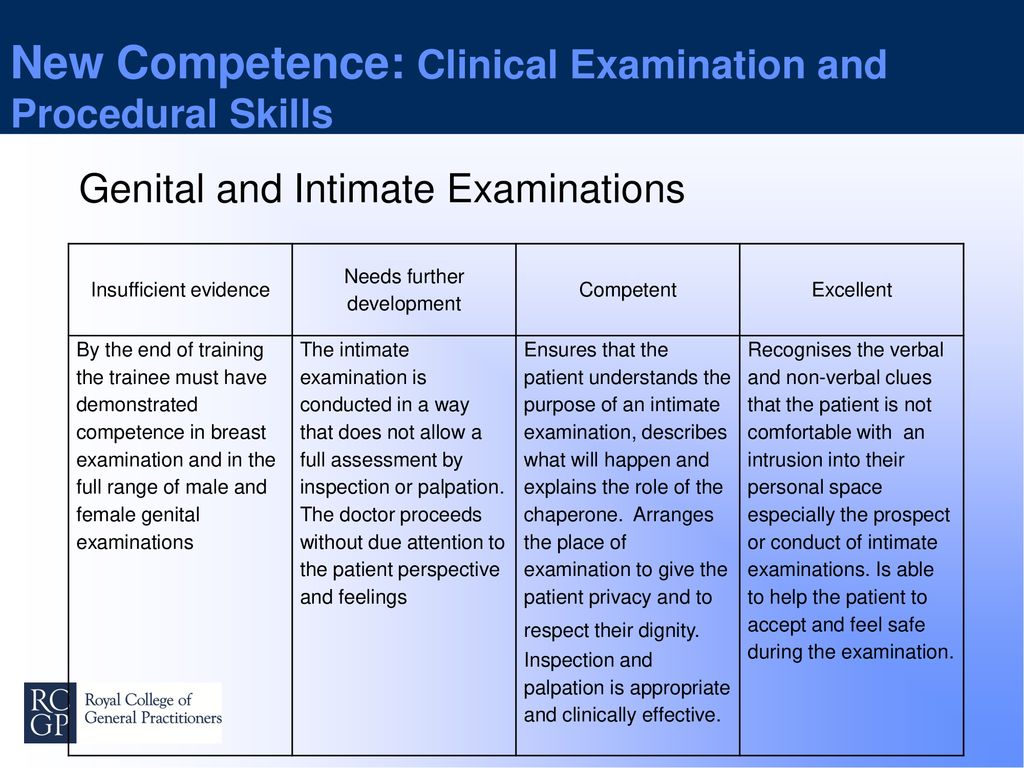 This combination of multiple tests allows the doctor to check the fetal heart rate, movement, and muscle tone. Amniotic fluid levels can also be assessed during the ultrasound.
This combination of multiple tests allows the doctor to check the fetal heart rate, movement, and muscle tone. Amniotic fluid levels can also be assessed during the ultrasound. - Cervical exam. This manual exam allows the doctor to determine the condition of your cervix. The cervix fully dilates and effaces during labor, so your doctor will look for signs of ripening and other changes that may indicate labor will begin soon.
Depending on the results of these procedures, your doctor may decide that it’s in the best interest of you and your baby to induce labor.
In making a determination to recommend induction, your doctor will take into account things like your age and health history, the health of the pregnancy, and the birthing wishes of the parents-to-be.
If your doctor or midwife would like to induce you, there are many things you can do to help nudge your little one along that range from more natural methods to medical procedures. Some methods of induction with varying effectiveness include:
- exercise
- sex
- nipple stimulation
- castor oil
- acupuncture/acupressure
- membrane sweeping
- breaking your bag of waters
- medication (prostaglandins or Pitocin)
You should have a discussion with your provider about which methods make sense in your particular situation.
Most babies are born within a few weeks of their due date. If you find yourself nearing the end of your estimated due date window with no signs of labor, there may be actions you can take to help nudge your baby into the world.
Before doing so, you should always consult with your doctor or midwife. They can discuss the benefits and risks of your specific health situation and offer guidance on the safest ways to help your little one arrive in your arms.
While it can be hard to wait, there are benefits to allowing your baby plenty of time to develop before entering the world. When the time comes that the risk of keeping your baby inside outweigh these benefits, your doctor or midwife will be there to support you in determining a safe birthing plan.
Postterm pregnancy - causes, symptoms, management in InTime clinic
home » Services of the center of reproduction and family planning » Postterm pregnancy
Postterm pregnancy occurs when the fetus is not born before 42 weeks.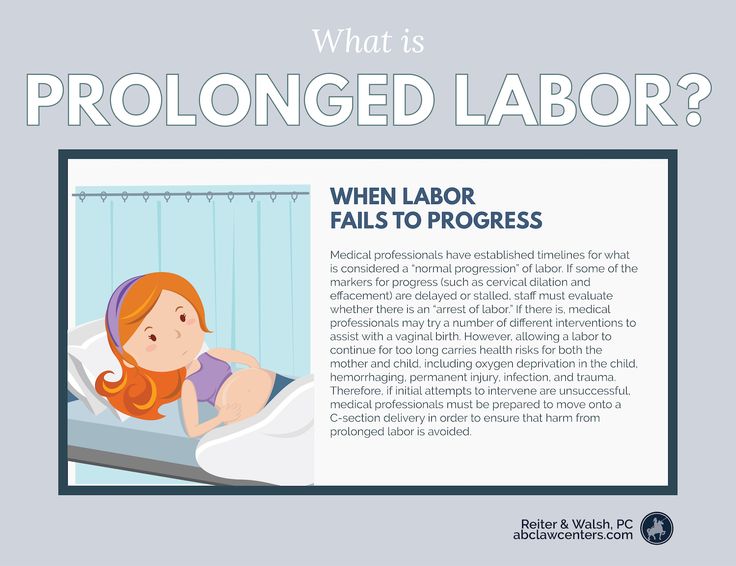 Such births are called belated, they carry a number of complications for both the baby and the woman in labor. Overwearing is observed in women in 2% of cases. nine0003
Such births are called belated, they carry a number of complications for both the baby and the woman in labor. Overwearing is observed in women in 2% of cases. nine0003
The duration of a standard pregnancy is 40 weeks from the start of the last period. This period is sufficient for the normal development of the fetus. Doctors judge the presence of pathology in terms of the state of the placenta. While maintaining the integrity of the placenta and the absence of signs of aging, such a pregnancy is called prolonged. If aging and violation of the integrity of the placenta, as well as a number of other characteristic signs, are observed, then they speak of a post-term pregnancy.
Causes of post-term pregnancy
- Menstrual irregularity;
- Fetal abnormalities;
- Childhood infectious diseases;
- Disruption of the endocrine system;
- Diseases of the liver, gastrointestinal tract;
- Uterine fibroids, preeclampsia, termination of pregnancy;
- Psychological trauma, sedentary lifestyle;
- Hormonal disorders.
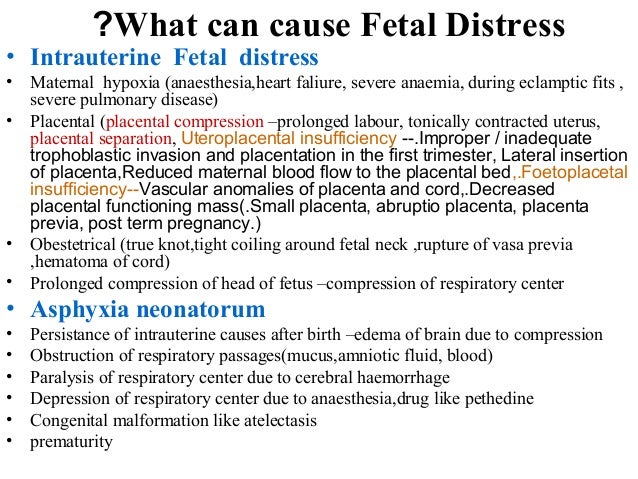
Postterm pregnancy symptoms
Such a pregnancy is characterized by a sharp reduction in the volume of the abdomen, weight loss, which indicates a decrease in amniotic fluid. Milk is released from the nipples, and false contractions may also appear. However, the main symptom is the aging of the placenta and the lack of labor activity at the appointed time.
Treatment of post-term pregnancy
Regardless of the cause of the delayed pregnancy, the main task of the doctor is to induce labor with the help of medications. A pregnant woman is hospitalized without fail at 41 weeks and is under observation. nine0003
After a thorough analysis of the causes of post-term pregnancy and delayed delivery, the duration of pregnancy and the state of the body of the woman in labor, the method of delivery is determined.
Induction of labor begins 2-3 weeks after the expected onset of their normal onset with the help of special hormonal preparations.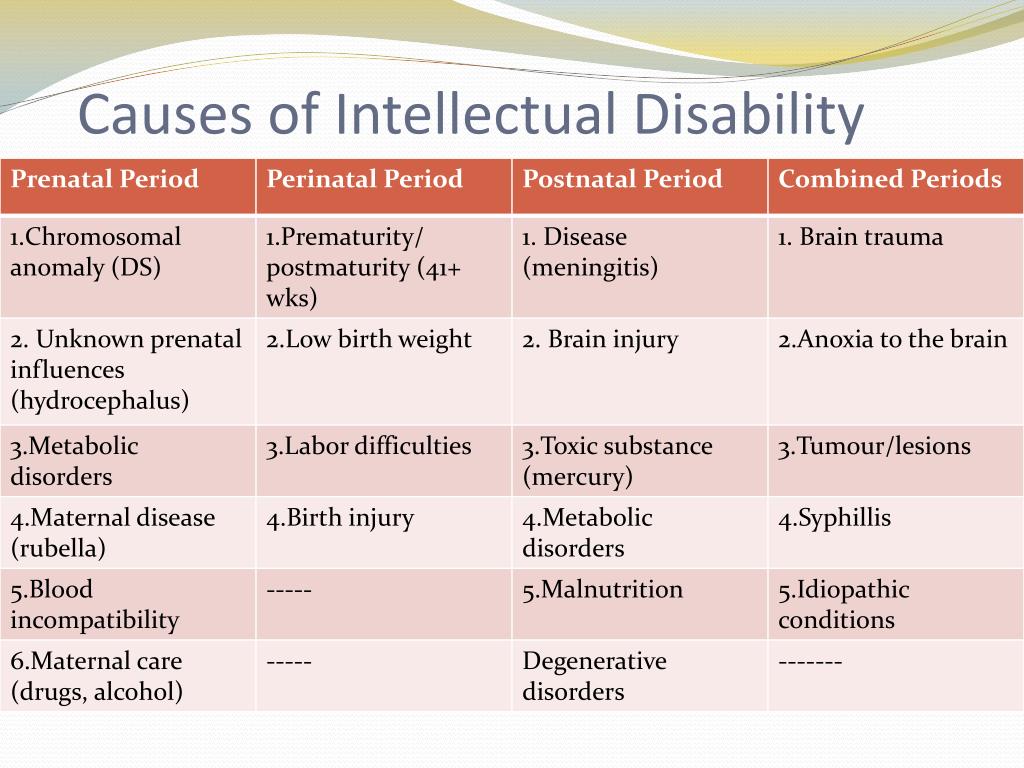 Then activities begin that stimulate uterine contractions.
Then activities begin that stimulate uterine contractions.
If there is a threat to the life of the fetus or a discrepancy between the size of the head to the mother's pelvis, a caesarean section is used. nine0003
Consequences of post-term pregnancy
The main danger of a post-term pregnancy is that the baby begins starvation. In connection with the aging of the placenta, he can no longer receive nutrients, and from here problems with development begin, oxygen starvation.
Post-term pregnancy is dangerous for the nervous system of the fetus, and increased dryness and wrinkling of the skin can also be observed. In the future, such children have reduced immune protection, and, accordingly, the risk of various diseases increases. nine0003
It is important to note that post-term pregnancy does not have the best effect on the health of the mother. Injuries to the birth canal, hormonal imbalance, problems with the uterus - all these are just a few of the consequences that a woman may face. After childbirth, doctors prescribe the necessary course of recovery for the patient and the child in order to avoid the unpleasant consequences of a post-term pregnancy.
After childbirth, doctors prescribe the necessary course of recovery for the patient and the child in order to avoid the unpleasant consequences of a post-term pregnancy.
Delayed labor medical term
- the day of childbirth determined by the doctor has long passed, and the baby is in no hurry to be born. How is the correct time frame set? Is it worth it to panic? In order to correctly determine the gestational age, the date of the last menstruation, the date of the first movements of the fetus, the date of the first heartbeats heard by the doctor are taken into account. In 70% of cases, the diagnosis of “post-term pregnancy” is incorrect, since the calculations were incorrectly carried out.
If the birth is delayed by 10-14 days, then this is the so-called false precarriage or prolongation. In this case, there are no changes in the placenta and signs of immaturity in the fetus. nine0003
In case of true pregnancy, only ultrasound will show that the thickness of the placenta has decreased, the fetus is large, it has a thickening of the skull bones. This is also reflected in the mother's condition: she loses weight, and the volume of the abdomen decreases by 5-10 cm. In 15-40% of these children, various abnormalities are observed: skin lesions, jaundice, hormonal and neurological disorders. nine0003
This is also reflected in the mother's condition: she loses weight, and the volume of the abdomen decreases by 5-10 cm. In 15-40% of these children, various abnormalities are observed: skin lesions, jaundice, hormonal and neurological disorders. nine0003
Risk group Delayed labor
Some women survived up to 42 weeks without consequences for themselves and the baby. After this period, the doctor induces labor. Which women are prone to over-pregnancy? Who is at risk?
- If the woman had a post-term first pregnancy, if she is a first-born, and she is over 30 years old
- Those who have had abortions, gynecological diseases, endocrine diseases nine0013 This group includes women who lead a sedentary lifestyle and experience strong emotional stress
Causes of Delayed Labor
If pregnancy is suspected, the functioning of the placenta should be checked. It is the most important organ through which nutrition, excretion of metabolic products, and respiration of the fetus occur. If the placenta ages, this will affect the quality of its work.
If the placenta ages, this will affect the quality of its work.
Prevention of delayed labor
The good functioning of the placenta can be helped by proper nutrition. Try switching to a vegetarian menu. Porridges on the water, sprouted cereals, dried fruits, vegetables, seafood, nuts, greens will be necessary in your diet.
During this period, you should not consume large amounts of meat, fatty dairy products, rich and yeast products. Stick to the menu in combination with breathing exercises and stretching exercises. Your joints and muscles that are involved in childbirth will become flexible and elastic. This is already a long way to successful childbirth. nine0003
Here are some suggestions for breathing exercises.
Daily walks in the fresh air, during which we alternate deep and shallow breaths. These exercises help to relax, calm down, and also improve the supply of oxygen and nutrients to all organs.
Recommendations for stretching exercises.

